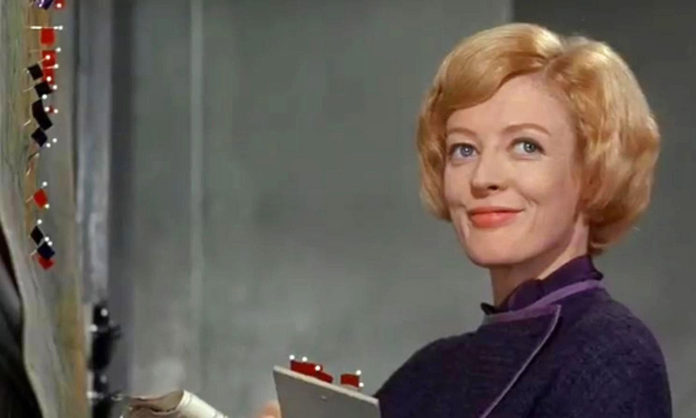The central advice on creating characters is to focus on what they want. Desire drives motivation, shows values and character, and influences choices. Desire makes people desperate. Sometimes defining want is easy. Characters desire a specific object or want an event to occur, such as a marriage, job offer, or sports victory. Characters with a clear enemy have a natural want for their defeat. But sometimes, characters want something intangible – freedom, autonomy, fulfillment. Valid wants, but harder to define.
In a post on Writer Unboxed, David Corbett talks about defining those character wants. Corbett has found himself dissatisfied by the simple question of what the character wants, because the answer often leaves the character flat, stuck in the past, and with a simple backstory explanation for their desire. If you want to create fascinating characters, simple doesn’t cut it.
Corbett suggests we don’t have total control over our desires. When your mind wades into the Stream of Consciousness, random thoughts may appear seemingly from nowhere. Often, we can’t explain why we fall in love with one person and not another.
If we can’t easily define ourselves, why should we expect the same for our characters? We can turn to a character’s past, their injuries and their mistaken beliefs, as a way to explain their present, but the character’s nature remains undefinable. And isn’t that what we want? “The more we try to pin the character’s ‘nature’ down, the less convincing she seems,” Corbett says. “We want that sense of endless curtains. We want, as they say, ‘layers.'”
Shakespeare used opacity to create complex characters. In King Lear and Hamlet, he omitted conventional motivations to add energy to his story and the characters’ interactions. In early draft versions of the plays, he’d created that backstory, but cut it from the performance scripts.
Corbetts says that technique is helpful – create the backstory then don’t share it. But how do you get that backstory? “More to the point, how can we be sure we don’t revert to the limitation identified earlier, of creating a hobgoblin out of ‘concrete, readily identifiable factors’ that in the end, even with this information omitted, nonetheless creates a flat, unconvincing depiction?” Corbett asks. “How do we create that sense of a series of curtains leading us deeper into the character but never really reaching the end?”
He makes a few suggestions.
- Give a character a secret. “This automatically conjures a sense of depth as there is now an ‘inside’ and an ‘outside’ to the character—what she reveals, what she keeps hidden,” Corbett says. The temptation to reveal the secret may be hard to resist, but writing with this perspective gives you insight into your character while creating mystery for the reader.
- Give the character a contradiction. If the secret is at odds with what you reveal about the character, you have contradiction. You should avoid having someone act “out of character” but you can use contradiction to suggest there’s more to the character than meets the eye.
- Change your way of thinking about character. Instead of exploring surface and depth or revealed and concealed, think of your character’s aspects as constructed or unconstructed. “The constructed self is the one we’ve have developed though the influence of others and the effects of circumstance, the one generated by our interaction with the world, living our lives,” Corbett explains. “The unconstructed self lies behind the curtain.” That curtain falls when your character feels helpless, when they are “in the thrall of an intense, unexpected emotion.” Corbett suggests exploring this by asking when your character experienced their greatest moment of fear, courage, shame, pride, guilt, forgiveness, betrayal, trust, rejection, acceptance, hate, or love. Balancing the opposites, you can get a feel for the character’s sense of life’s pain and its promise. The tension between the pursuit of promise and avoidance of pain creates the inner conflict. “But they are so amorphous, so fluid, so protean that they resist simple explanation—as elusive as conscious and unconscious themselves,” Corbett says.












